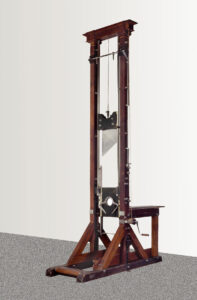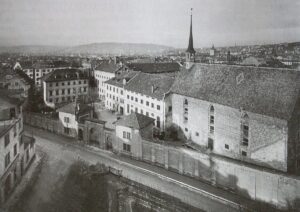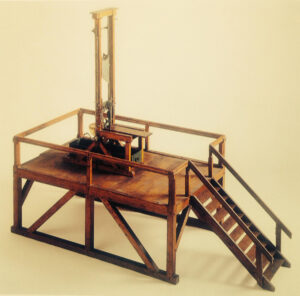
The guillotine maker
Johann Bücheler was a regular carpenter from Kloten. In 1836, he was commissioned by the canton of Zurich to build a guillotine. That proved the end of “normality” as he knew it.



No-one likes an executioner



Johann Bücheler was a regular carpenter from Kloten. In 1836, he was commissioned by the canton of Zurich to build a guillotine. That proved the end of “normality” as he knew it.




